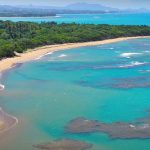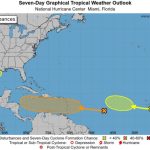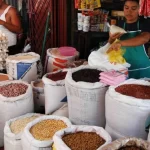Greenpeace calls on Indonesia’s plantation industry to adopt Fire Action Plan

Jakarta, 29 October2015 – Greenpeace has launched a challenge to the plantation industry torespond to the devastating scale of the forest fires crisis, set out in a newGreenpeace Southeast Asia analysis. The four-step Fire Action Plan aims tobring the fires under control and make sure there is no repeat of thisdisaster. Greenpeace has also released a new set of photos that show how peopleare affected by smoke from the fires.
Greenpeace SoutheastAsia’s analysis shows that deforestation and peatland drainage by pulp and palmoil companies is the root cause of the haze crisis. Encouragingly, last week,President Widodo promised to address the ongoing fires crisis by protectingpeatlands, and by improving governance and law enforcement.
“There can be no questionthat the root cause of the fires crisis is decades of forest and peatlanddestruction by pulp and palm oil companies. These fires and the toxic haze willreturn year after year until plantation companies turn off their bulldozers.Businesses, must demonstrate serious efforts to work together to prevent forestfires by stamping out this reckless destruction and start protectingrainforests and peatlands,” said Teguh Surya, Indonesia Forest Campaigner atGreenpeace Southeast Asia.
“The data that we’vereleased indicate that the company associated with the most fire hotspots isAsia Pulp & Paper. This is not surprising. Firstly, they are the largestconcession holder in Indonesia and have a legacy of deforestation, particularlyin the south of Sumatra where a lot of these fires are concentrated.
Secondly, they are theonly company that has released accurate maps showing where their own, as wellas their suppliers concessions are. We cannot tell you how bad the situation isfor other companies because none of them have volunteered the same level ofinformation. It makes you wonder, what do they have to hide?”
Transparency is widelyregarded as critical to fighting not only forest fires, but corruption andother bad practices associated with Indonesia’s plantation sector. Just lastFriday, President Joko Widodo reiterated his intention to publish acomprehensive mapping database, known as the One Map. However, the governmenthas recently refused Greenpeace’s request to make public the latest concessionmap data for analysis. Companies have released very little information abouttheir land holdings and the concessions that supply them.
The Indonesiangovernment has repeatedly refused to name the companies that it isinvestigating for their role in the haze crisis. Greenpeace Southeast Asia hastherefore published a full list of all concessions in Indonesia where fireshave been recorded during the crisis, and the number of fires in each.Greenpeace Southeast Asia’s analysis is based on the best available data, whichdoes not mean that it is complete or fully up-to-date. It is calling oncompanies to support the President’s One Map initiative by publishing theirconcession maps and the maps of their suppliers.
“The people ofIndonesia and the Southeast Asia region should not have to endure another hazecrisis. The pulp and palm oil industries must work together to deliver animmediate, industry-wide ban on forest and peatland development. They mustpublish their maps and start protecting forests and peatlands. Companies thatignore the warnings and continue to destroy forests and peatlands must be heldresponsible for fires and haze engulfing Southeast Asia,” said Teguh.
















